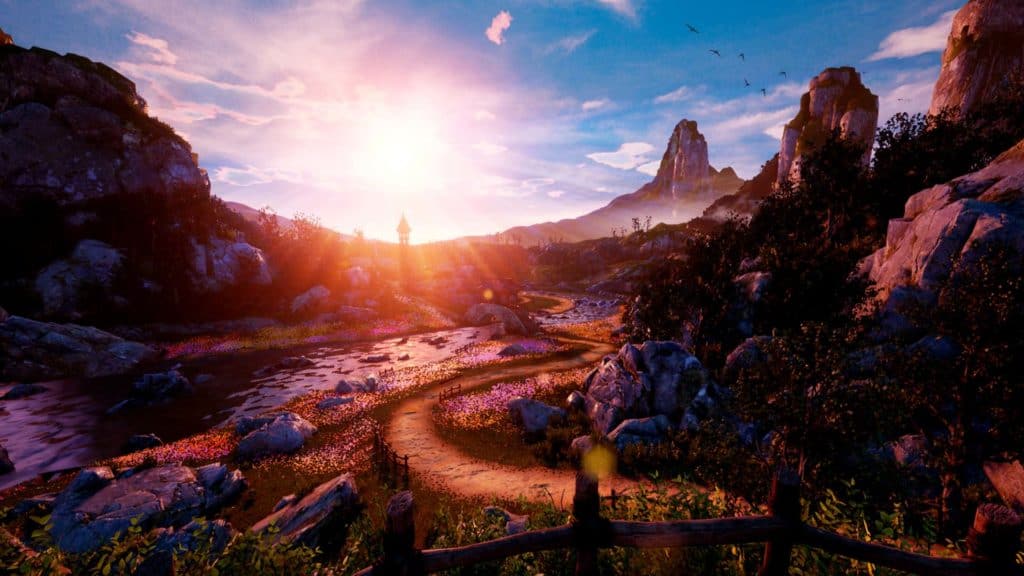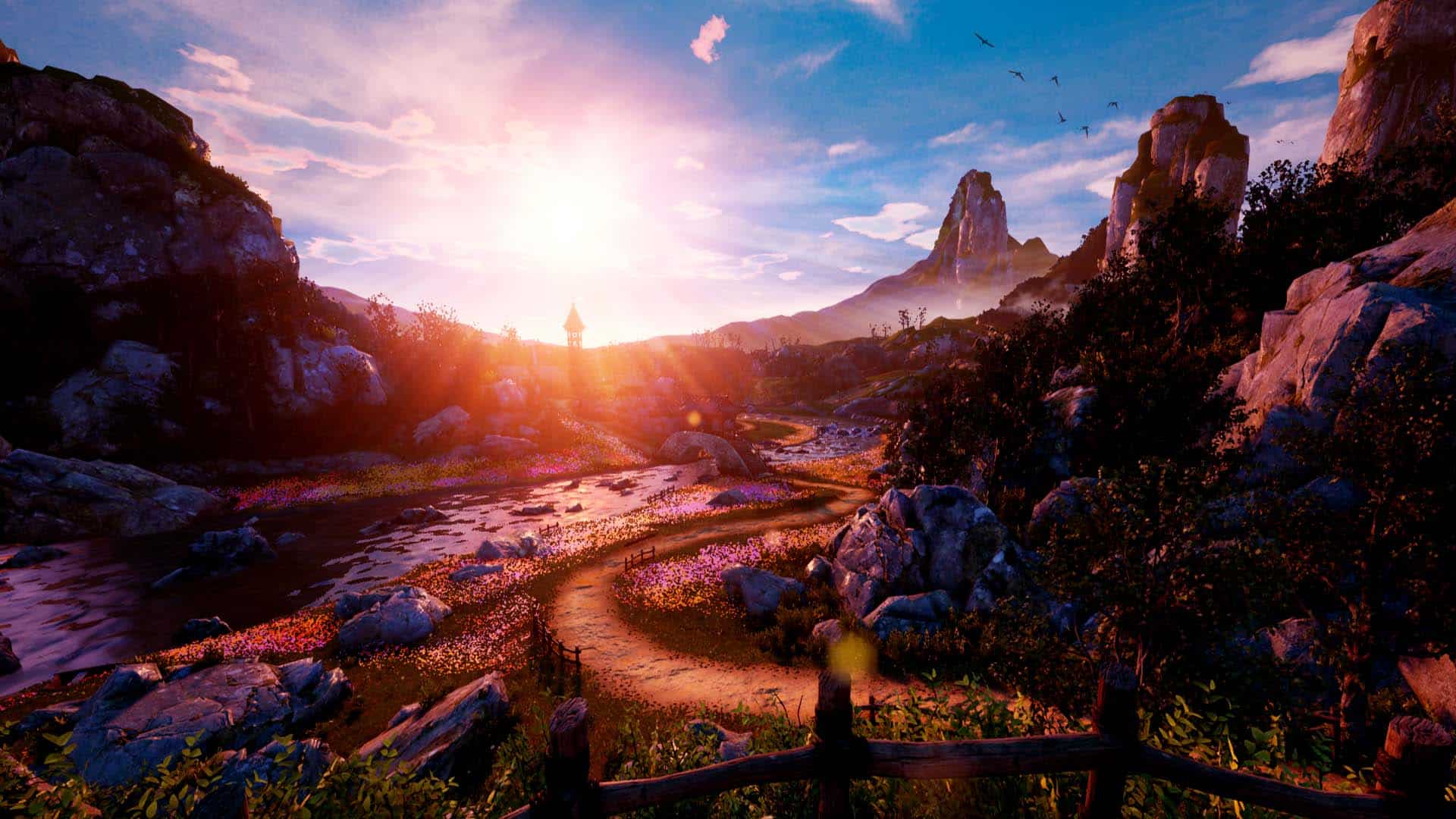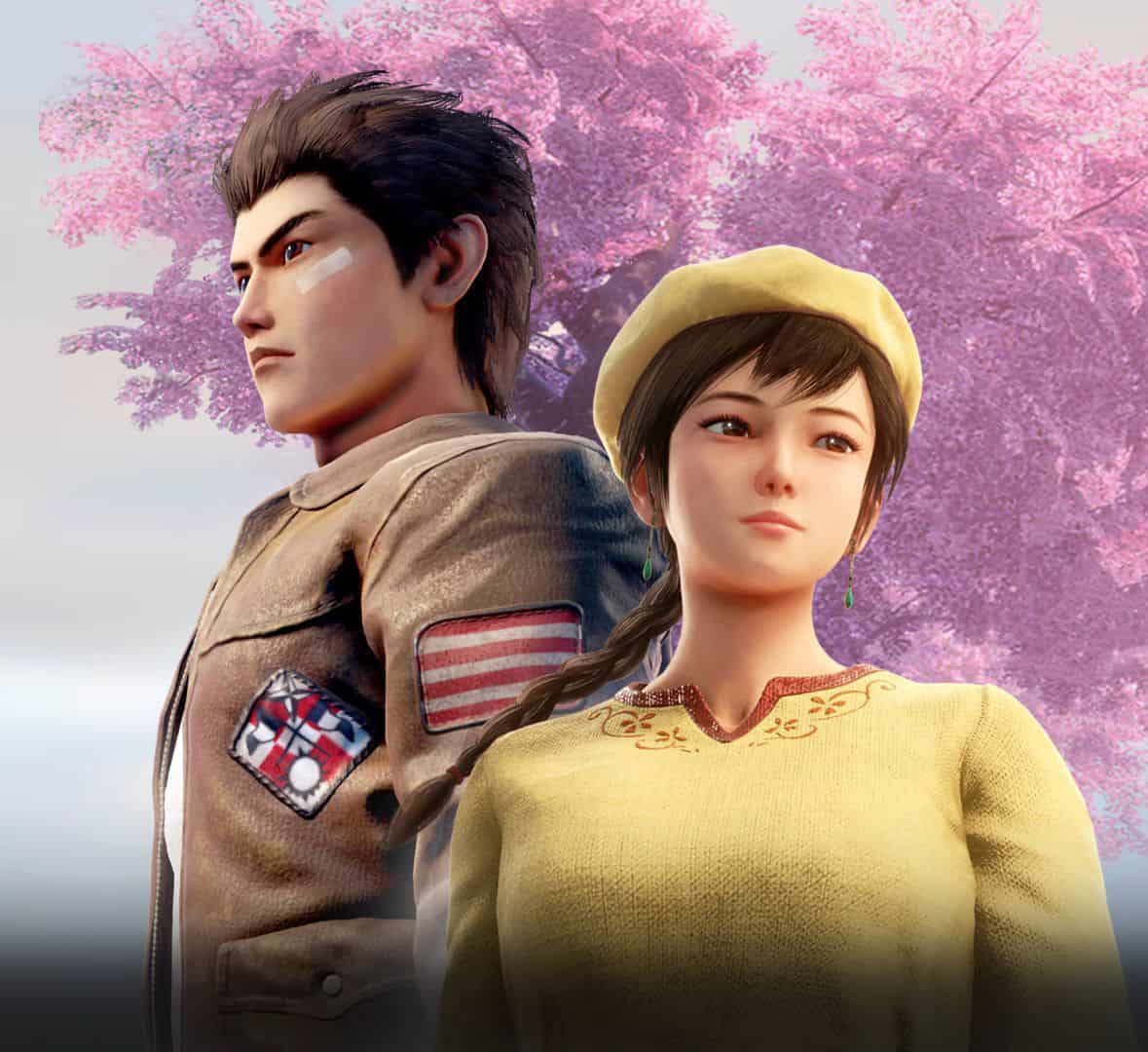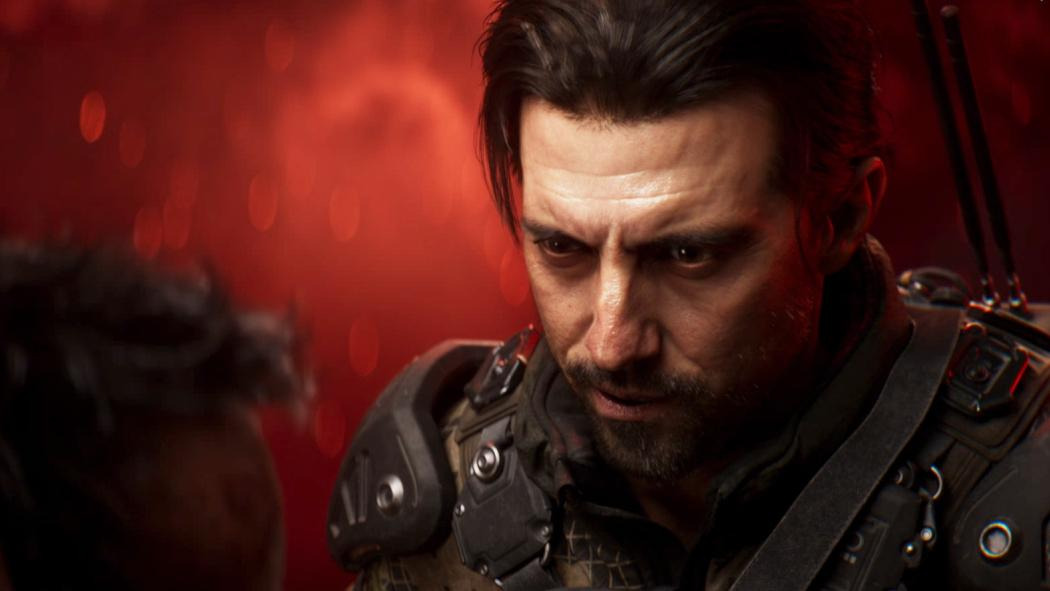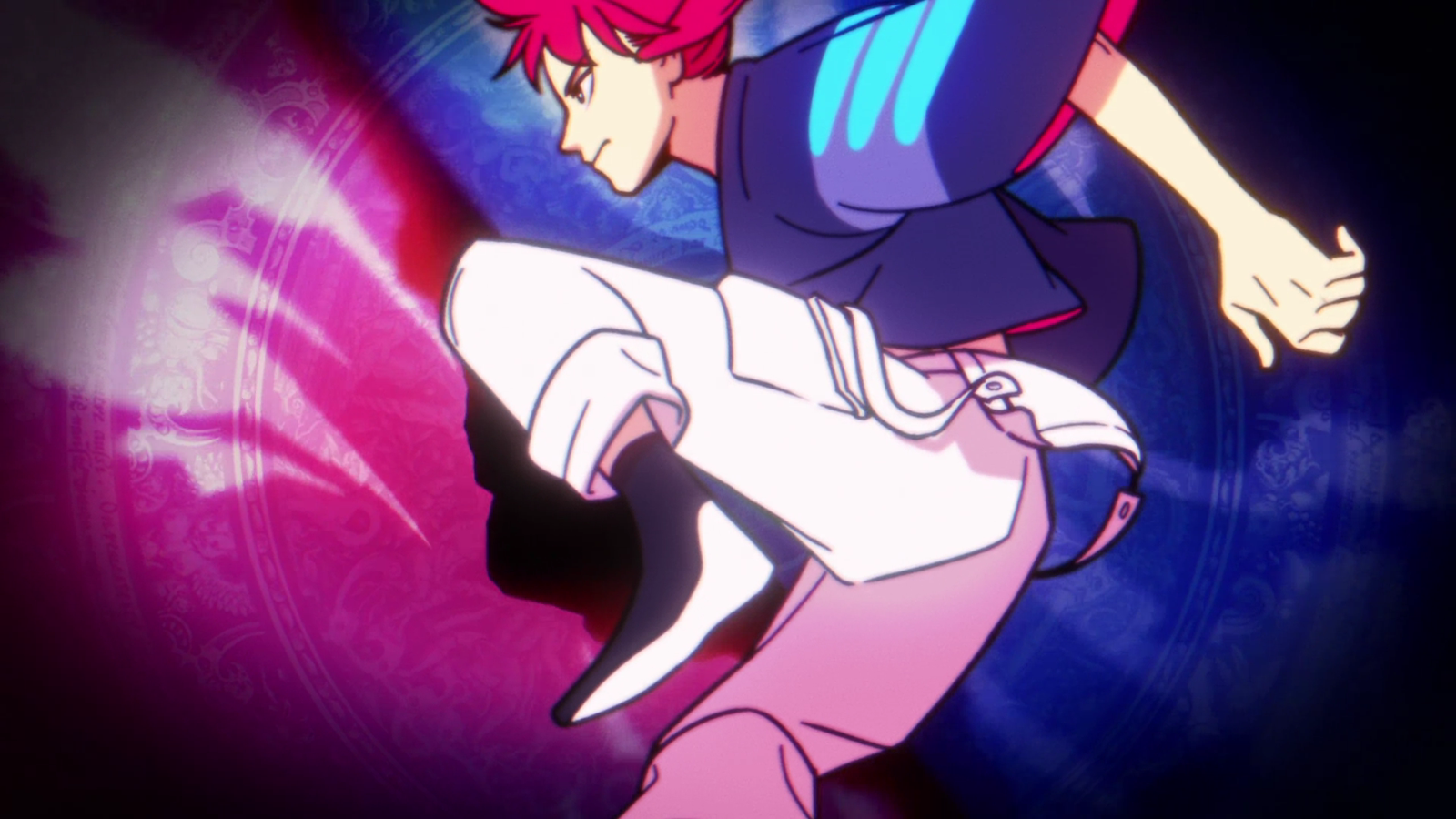You can trust VideoGamer. Our team of gaming experts spend hours testing and reviewing the latest games, to ensure you're reading the most comprehensive guide possible. Rest assured, all imagery and advice is unique and original. Check out how we test and review games here
When I first started Shenmue III, I saw an option on the main menu called “Digest Movie,” offering, for those attempting to join in medias res, a handy recap of the res. Knowing that this was the third entry in an open-world adventure series that lopsidedly spans two decades—with Shenmue arriving on the Sega Dreamcast in 1999 and its sequel, Shenmue II, in 2001—I made two presumptions. One, that I was in for the sort of yarn that wouldn’t so much unfold as unleash, in thick clumps of tangled, timeworn plot. And two, in conceding that the years might have yellowed its saga to the point of indigestion, that the game was sheepish about its shortfalls. I was wrong on both counts.
The movie, such as it is, is tellingly brief and bare of incident. The story, beginning in 1986, follows Ryo Hazuki—a stripling of 18, who, having witnessed his father’s murder, sets out thirsting for vengeance—but it’s happy to hang back. And over the course of the series, there isn’t all that much to digest. This is because Shenmue’s meandering complexity is crammed into play—into an alluring array of divertissements, from getting a part-time job to playing in the arcades and keeping one’s kung fu skills honed. Whether you consider the dawdling narrative to be sedate, or you think it congeals into the sluggish, will depend on your hunger for things to happen. Given that Shenmue III wouldn’t be here were it not for those that hungered for it to happen, it’s little wonder it makes no apologies for its pace.
It is the highest-funded game in Kickstarter history, with a budget brimming over the seven-million-dollar mark, and it revives a story that has hung in the air for 18 years: a void as old as Ryo. And it is within that void that the game’s director, Yu Suzuki, goes about his task—making a game in a glittering vacuum, as if the world outside had been hanging fire with him. Note, in the opening hour, the flush of unfashionable decisions generally considered unthinkable now: no fights, no clear purpose or prickle of urgency, and a generous supply of talk.
The first we see of Ryo and his companion Shenhua—whom he met in the second game, and whose troubled life is twinned with his own—is as they emerge from a cave and walk to the nearby village of Bailu, where they might find some clues about her missing father. We are able to glean this through paying careful attention to the fine-drawn dialogue; “That’s Bailu Village. We might find some clues about my father there! Let’s go,” Shenhua says. And how does Ryo respond to such a rousing rallying cry? “Sure.” You may feel the urge, early on, to switch to the Japanese voice-over; I urge you not to, and to allow yourself to be lulled into the particular delirium that only bad line delivery can induce. What’s more is that Ryo looks, with his stoic and stolid face, like someone who has had to endure not only family tragedy but 20 years of trouble passing solids.
In short, we are back at the turn of the millennium, when the acting in games, not just the graphics, seemed to be provided by computers. Then there is the walk itself: a long, leisurely ramble that winds, like a river, through green hills and golden light—the tranquility of which, depending on your disposition, is either punctured or punctuated by Ryo’s gait, which looks as though someone were running an electric current through a Ken doll. This clash, between obvious beauty and outlandish video game idiosyncrasy, defines Shenmue III. In the bright burst of its colours and the garish trilling of its menu sounds, it’s the freeze-dried vision of a Dreamcast game; it’s what players in 1999 might have imagined the future would look like—the irony being how unrecognisable it is to us now.
And yet, look closely and you can spot other games sprouting up here and there. As Ryo embeds himself in Bailu Village—a detective living amongst the leads—he is able to pick herbs, fish in the local river, and chop wood, all of which earn Yuan (the daily need for money is needled into you by a gradually ebbing health bar, to be topped up with freshly bought food). It’s Animal Crossing, albeit shaded by looming mystery. The link often made is to Yakuza, another Sega series that delights in distraction, its neon parlours blinking through the night, but I had a harder time shaking WarioWare from my head. Ryo’s daily pursuits, from practicing his horse stance to racing turtles for bets, are played through minigames—a scattering of simple, precise pleasures that rely on reflexes and timing. If Yu Suzuki is a master of the mundane, it’s not because the workaday finds its way into his worlds; it’s because he scans every square inch of them for space where games can go. The grounded is never a grind.
But what it is—or what it can be, for those expecting speed—is a test of patience and a schooling in slow ritual. Each day begins with one or two objectives, jotted in Ryo’s notebook, which you trail by talking to the locals. A band of thugs has been bruising its way through Bailu, and Ryo sifts through their wake to track them down. You switch to a first-person view to examine crime scenes—never more than an exercise in pointing and pressing at glowing clues. You are regularly lured into sidequests (one child wants a specific capsule toy) or delayed by the measured drip of time—one villager, you are told, doesn’t come home until seven. Suzuki continues the mellowed trend of Shenmue II, in letting you skip ahead to your appointments, but I regularly didn’t, choosing instead to brush up on Ryo’s rooster step or his one-inch punch. (Shenmue III adds RPG-style levelling to stats like attack and endurance, which feed into your kung fu level.)
When combat does come around, it is treated with a sense of the near-epic. The camera stays fixed on your foes, which you flip between with the right stick. Each of Ryo’s limbs are locked to a face button, with a number of powerful special moves mapped to the right trigger; your defence comes down to dodging, with a flick of the left stick; and guarding, by holding the left trigger, while keeping an eye on the depleting block bar at the bottom. The fighting in the first two games was a stripped-back take on Suzuki’s Virtua Fighter (in fact, Shenmue was originally planned as a Virtua Fighter RPG), and though this is different, it shares a couple of satisfying flourishes. The way that every button-tap traps you into a move gives each clash the same phlegmatic feel, forcing you to plan your strategy properly. And then there is the noise of impact—a thud like thunder, the way it would be if you stuck a microphone in a crash mat and jumped from three floors up.
It wasn’t until Shenhua and Ryo reached the second main area, the port city of Niaowu, that the advantages of Suzuki’s subdued style dawned on me. It took two Yakuza games to mark their shared setting of Kamurocho on my mind’s eye, whereas Suzuki had already achieved, with his relaxed stride, a swift sketching of place that imprints itself on the brain. Not just geographically, either. The China of 1987 has an ironically democratic feel. The land is seeded with stories, thanks to the abundant NPCs that clamour and bustle through it; many are given names and most can be spoken to, and some have side stories that come to nothing much. What is Suzuki doing here? It seems to me that, in presenting a land that’s laminated against the touch of sex and true darkness—note the surreal lack of police—he chooses to give voice to small struggles: the delicate ideal of a republic.
So why would I hesitate when recommending Shenmue III? It has something to do with the misselling of genre; something about an “open-world, action-adventure, immersive-mystery, kung-fu-combat life sim” just doesn’t scream easy marketing. And you could argue that, the ongoing efforts of Tom Nook notwithstanding, there is good reason that there’s no criminal revenge tale to Animal Crossing. Suzuki’s answer—which is so ludicrously unwieldy that I’m powerless to resist falling for it—was to coin a new genre called FREE, meaning Full Reactive Eyes Entertainment. In the same vein as Kojima, and his insistence on the “social strand” genre, the rule seems to be that the more stupid the term the more doomed it is to utterly define its subject.
For anyone puzzled at the appeal of Shenmue III, with its dull-looking days set to a crawling clock, the answer is only gleaned from setting aside a stream of hours and jumping in. When you do, the initial humps of what we might first call outdated design give way, and you realise that it perhaps isn’t that we moved forward; it’s that we grew impatient, and our appetites grew less innocent, less tolerant of anything but explosive gratification. Grand Theft Auto III came out the same year as Shenmue II, and everyone but Suzuki took their notes from Rockstar and steamrolled ahead. Only a generational talent—bound by the development confines of the coin-op era—can capture the adrenal rush of driving so effortlessly, with Out Run, before redefining fighting games, with Virtua Fighter, and then restlessly roving into open worlds. With Shenmue III, we are offered a glimpse into a gifted mind, constantly turning the everyday into play. For Suzuki, all the world’s an arcade, and all the men and women merely players.
Developer: Ys Net
Publisher: Deep Silver
Available on: PlayStation 4 and PC
Release Date: November 19, 2019
To check what a review score means from us, click here.
